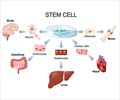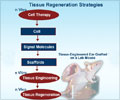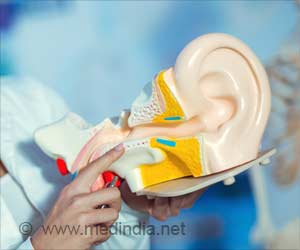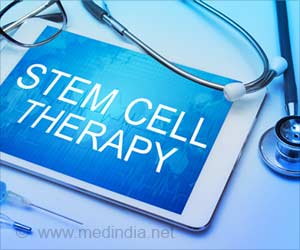Stem cells have successfully been used in growing the pulp-dentine complex, the structure which makes up the center of the tooth, finds a new study.
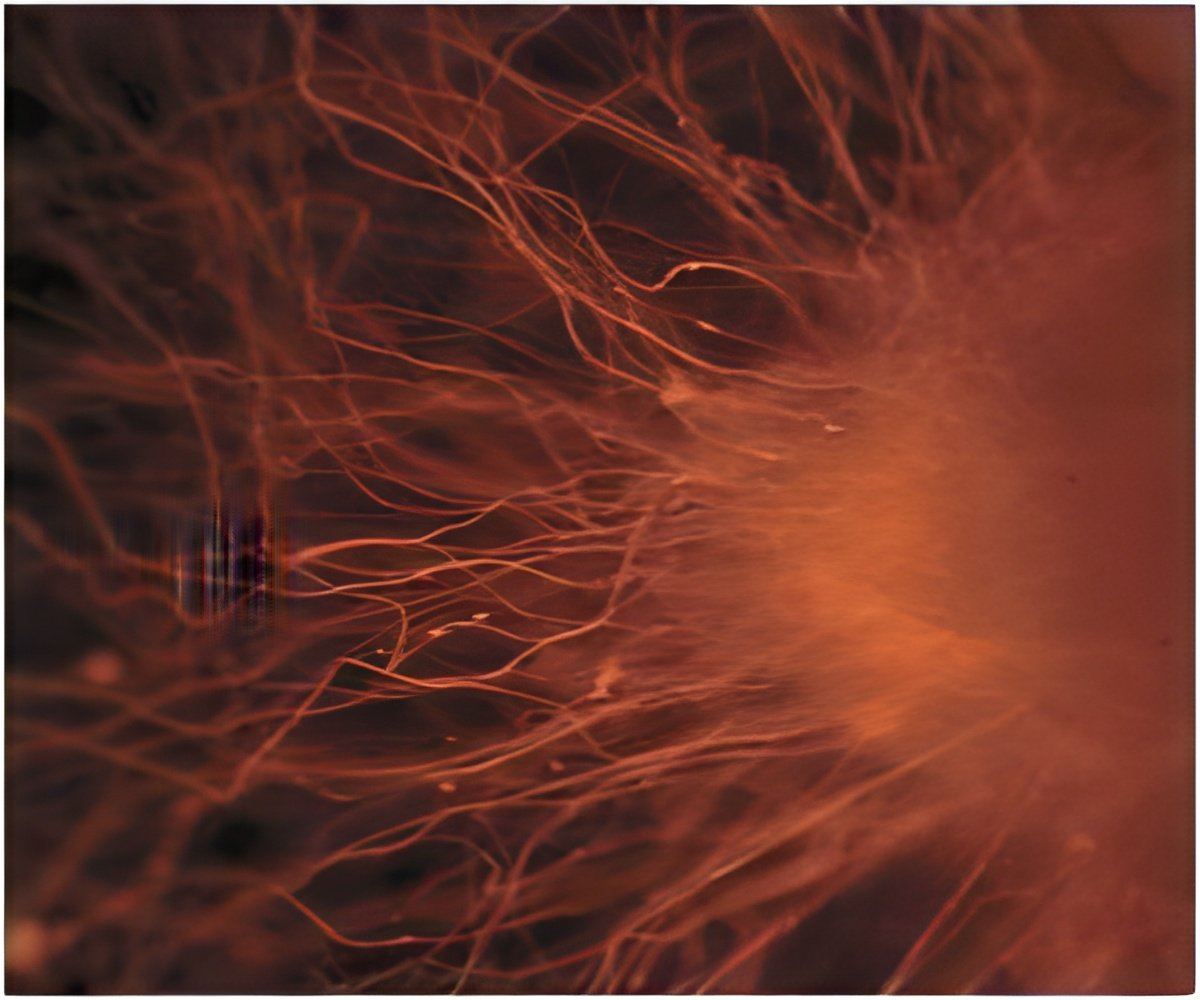
TOP INSIGHT
The scientists believe that in the next ten years or even sooner, they will be able to provide the patients with this option. This method can serve as an alternative to the current method which uses the inert substances to fill the gap. This method can help regrow the nerves and the blood vessels and grow new pulp back into your tooth, instead of using inert material.
Associate Professor of Endodontology Maobin Yang, director of the Regenerative Health Research Laboratory at the Kornberg School of Dentistry, and Professor and Department Chair of Bioengineering Peter Lelkes have been collaborating on the research for three years. Yang and Lelkes’ work focuses on using dental stem cells to regenerate the pulp tissue (including blood vessels and nerves) and dentin tissue that comprises the inside of a tooth.
“These two tissues come from a similar region and have a close relationship to each other. They make up the pulp-dentin complex,” Yang explained. “If dentin decay is not that severe, the pulp can generate new dentin to repair it—all this happens naturally.
“But when we see patients, most have the pulp infected, so the nerve has to be taken out,” he continued. “The root canal is then empty, so we currently fill up the root canal with inert treatment.”
But Yang wanted to find a better treatment than the inert substance typically used in root canals. So he began to research the use of stem cells in conjunction with a small scaffold to simultaneously regenerate both tissues that form the pulp-dentin complex.
That’s where Lelkes, a Laura H. Carnell Professor, came in: He worked with Yang to develop a bioengineered two-sided scaffolding to guide the tissue growth.
Yang and Lelkes’ partnership was born out of a friendship that occurred by happenstance: When Yang arrived at Temple six years ago, he initially worked out of a lab in Lelkes’ department and found a mentor and friend in Lelkes. So when he needed bioengineering assistance in his research, he turned to Lelkes.
“This is one of the great cases when he says, ‘Here, I have a clinical problem, let’s try to find an engineering solution to this problem,’” Lelkes said.
The pair recently published their findings in the journal Tissue Engineering.
Yang said growing full teeth is still a bit distant in the research because the various materials that makeup teeth are complex and differ in their components. He told most research similar to his and Lelkes’ focuses on regenerating parts of the tooth—and regenerating the nerve and dentin, as they are, is particularly valuable, as root canal treatment is such a common procedure.
The next step for the researchers is to test the tissue growth technique in animal models.
“I believe in the next 10 years, or even sooner, when patients come to the endodontist for a root canal treatment, we will be able to provide an alternative, equivalent or even better treatment modality, which is to regrow the nerves and the blood vessels and to grow new pulp back into your tooth, instead of using inert material,” Yang said. “With investments and with lots of research, I believe that we will get there soon.”
Source-Newswise
 MEDINDIA
MEDINDIA
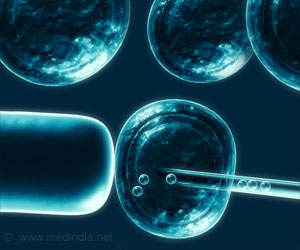



 Email
Email



